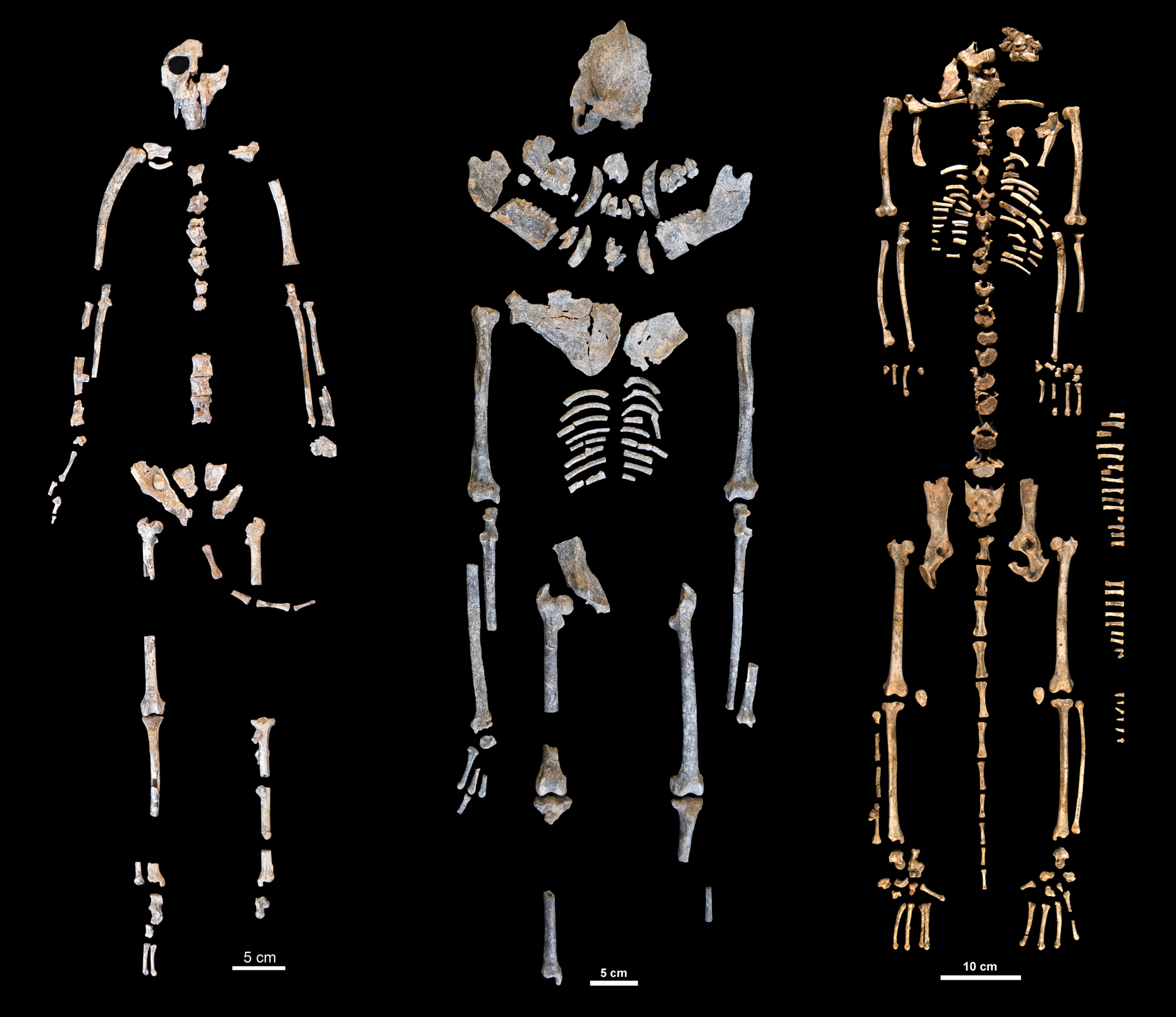After two pandemic years of writing and review, on top of months of curation at the National Museum of Ethiopia in Addis Ababa, and building on decades of field and lab work by a team of incredible people, I am thrilled to share that we finally have three new papers out at the American Journal of Biological Anthropology! These three papers report on just under 1,000 new monkey fossils from later Pleistocene sediments (ca. 160 & 100 ka) in the Middle Awash study area in the Afar Rift of Ethiopia. It is really rare in paleontology to have hundreds of individuals recovered from the same place and time, and it was this paleontologist’s dream to be able to study population-level variation and subtle evolutionary changes over a couple hundred thousand years, across three monkey lineages. I led the two papers describing the Colobus and Papio fossils, and my wonderful colleague, Cat Taylor (postdoc at the Human Evolution Research Center at UC Berkeley), led the paper on the cercopithecin fossils. These papers were very much a team effort (#TeamMonkey), and we could not have done this without our coauthors, Tesla Monson (Western Washington Univ.) and Ryan Yohler (UC Berkeley), and especially Leslea Hlusko (CENIEH) to guide the way. We are deeply grateful to the many people who made these projects possible and contributed along the way. Please get in touch if you’d like a PDF! And we hope that other researchers will make good use of our dataset, openly available online at figshare.
Skeletons of cf. Chlorocebus (left), Papio hamadryas ssp. (center), and Colobus cf. guereza (right) from the later Pleistocene of the Middle Awash study area in the Afar region of Ethiopia.
